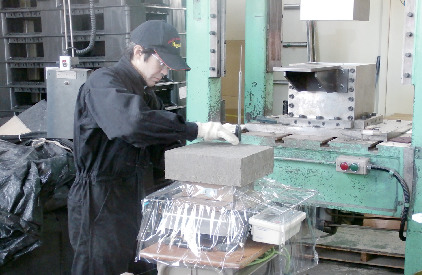
Fig.8-13 Proposal and operational content of the EBS experiment

Fig.8-14 Drilling machine for a large-diameter pit

Fig.8-15 Production of a backfilling material block
Disposal of high-level radioactive waste (HLW) in Japan will likely be in a purpose-built repository buried deep in the geosphere. The scientific and technical basis for ensuring repository performance in the long term have been written into the Second progress report on research and development for the geological disposal of HLW in Japan, referred to as the H12 report (JNC, 1999). Many of the requirements, however, have not yet been tested under full-scale, in situ conditions. At the 350-m depth of the Horonobe URL, full-scale, in situ experiments are therefore being conducted to confirm the scientific and technical basis of the engineered barrier system (EBS test) of a HLW repository (Fig.8-13). The objectives of the EBS test are (1) presentation of design methods for an engineered barrier system using the underground environment of Horonobe URL as an example, (2) construction of the HLW disposal concept as described in the H12 report, and (3) acquisition of verification data of coupled thermal–hydraulic–mechanical–chemical (THMC) processes that will affect the long-term performance of the bentonite buffer. In the EBS test, the design method was taken from the H12 report and applied to the geological-sedimentary soft-rock characteristics of the Horonobe URL. In particular, the applicability of the design method was tested through the development and production of a drilling machine for the large-diameter pit required for the vertical-emplacement concept, the production of buffer material block and backfilling material, and the implementation of updates in the design methods as needed.
The rotary-excavation method of fixing the excavating machine to the bottom of the gallery is described in the H12 report as being suitable for drilling a pit in soft sedimentary rock. In the current EBS test, a self-propelled large-diameter excavator was developed and produced (Fig.8-14), combining casing drilling and auger excavation and allowing continuous drilling of a disposal pit in a soft sedimentary rock. Through this experiment, the applicability of the excavator to drilling a full-scale disposal pit in situ in a soft sedimentary rock at 350-m depth was confirmed.
Backfilling of the disposal tunnels in a HLW repository will reuse a large amount of the rock waste that was produced in excavating these tunnels. In the EBS test, the backfilling material of bentonite and actual waste rock from the construction of the Horonobe URL was specifically mixed and found to have satisfactory performance requirements, including low water permeability. Backfilling of the EBS-test gallery using this material was successfully completed (Fig.8-15). The technology required to backfill the disposal tunnel with the machine was not developed in the current EBS test, but will be in the future.
The current-design method of the EBS of an HLW repository located in soft sedimentary rock was satisfactorily demonstrated through the EBS test. The EBS test continues to acquire verification data concerning THMC processes operating in a full-scale, in situ experiment, which will be used to underpin the development of predictive THMC models. The EBS test will be dismantled in the future when further analyses are conducted to further improve the design method.